Align Your Revenue Team to Drive Customer Loyalty and Revenue Growth
By Michael J Griffin
6 minute read
Who is your “Revenue Team?” It is the alignment and collaboration of your Sales, Marketing and Customer Service teams who unified to enhance customer loyalty and drive revenue. Sadly, these three departments many times act as independent silos. Marketing many times thinks they are above and superior to the sales team, customer service teams avoid any activity that may label them as connected to sales. And salespeople dump customer complaints on customer service with the attitude “it’s your job to clean up the mess.”
An aligned Marketing, Sales, and Customer Service team together can be referred to as the "Revenue Team" The synergy of these three teams can be a powerful engine for revenue growth and competitive advantage. Here's research I have found on how to achieve synergy between these departments and some of my suggestions for increasing synergy.
Align Strategy, Goals and Objectives: Ensure that the goals and objectives of marketing, sales, and customer service are aligned with the overall revenue growth strategy of the organization. This alignment helps create a unified focus on driving revenue and customer satisfaction. My suggestion is to facilitate and build a “Revenue Team Strategy Map” that links the three department strategies and goals in a single unified strategy map. It may be useful to have your CEO or COO be part of this exercise. The strategy map method is based on Kaplan and Norton work at Harvard and employed by many multinationals. This unified strategy map then can lead to goals, KPI’s and team objectives in and across these three departments for synergy. Again, I employ the Balanced Scorecard approach. The revenue team strategy should be reviewed and adjusted quarterly with the leaders of Marketing, Sales and Customer Service participating. Unified KPI’s and metrics from scorecard are reviewed around the 5th to 8th of each month for the previous month’s progress.
Open Regular, Communication Channels: Facilitate open communication channels between marketing, sales, and customer service teams. Encourage regular monthly or even weekly meetings, cross-department collaborations, and information sharing to foster a cohesive approach to revenue generation and customer satisfaction. This process may take time to generate trust and collaborative communication to breakdown the silo effect between the three departments. Marketing should provide sales with buyer personas, campaign performance data, and sales collateral. Sales should share customer or key account feedback and buying trends with marketing. Customer service should inform both teams about customer pain points and satisfaction levels. I usually start with success stories, followed by war stories of the past month, then discussion key accounts, product and competitive information then on continuous competitive improvement actions or projects with timelines. This approach may inspire cross functional teams leading to better collaboration.
Develop Unified Customer Journey Mapping: Collaboratively map out the customer journey from awareness to post-purchase support. By understanding each touchpoint along the customer journey, marketing, sales, and customer service teams can work together to ensure a seamless and consistent experience for customers. Many times marketing doesn’t understand the customer buying processes, sales doesn’t provide feedback what is happening in the field, and customer service seems to only take the brunt of customer complaints. After this mapping process, it can be supported by technology.
Implement Integrated Technologies: Invest in integrated technologies that go beyond Customer Relationship Management (CRM) systems. Working with Microsoft, I have seen the synergy of their Dynamics 365 that enables seamless communication and data sharing between marketing, sales, and customer service teams. This allows for a unified view of customer interactions and enables more personalized and targeted approaches. This integrated technology takes CRM from being just a “historical” document storage to a living technology that provides insight and tactics to improve marketing campaigns, key account management, competitive advantages and superior customer service.
Provide Ongoing Training and Development: Offer training and development opportunities that focus on building cross-functional skills and understanding across marketing, sales, and customer service teams. This helps break down silos and encourages a more holistic approach to revenue generation and customer satisfaction. Recently, I conducted sales and key account management training for a marketing department. It was interesting to observe that most marketing staff do not have much of a clue how to communicate, discuss business and sell to customers. All marketing people should go through sales training to enhance their marketing strategies and skills. I believe all marketing staff should have a monthly KPI to go on joint calls with salespeople. As for customer service, the training focus should be on the “human” skills to deal with customer needs and emotions around service issues. Customer service field staff should also be trained how to make recommendations rather than “sell” to cement customer loyalty and trust. Salespeople should be able to sit through and be made aware of how marketing conducts research and formulates campaigns to drive sales productivity. All teams should investigate and implement AI actions that lead to increased productivity so more time is spent on customer centric activities that “admin.”
Take the first step in creating functional a “Revenue Team” by inviting the three department heads together and explore how your company can generate synergy, revenue and customer loyalty by breaking down silos and fostering regular cross functional collaboration. Contact me if you need advice or facilitation to make a start!
Michael J Griffin
CEO and Founder of ELAvate
Revenue Team Facilitator and Consultant
Maxwell Leadership Founding Member
michael.griffin@elavateglobal.com
+65-91194008 (WhatsApp)

